
Joke apart, if you are in the CRM business, or interested in CRM, or even just social software, chances are you’ve heard of Paul Greenberg. Simply said, he is the Godfather of CRM. And Godfathers get to make decisions. If you follow Paul’s annual CRM Watchlist series it’ll be obvious that Paul keeps on expanding the horizon for CRM, covering lots of vendors not traditionally thought of being in the CRM space. Now he invites even more CRM-Social-yourfavoritetermhere small companies (“small” < $12M revenue) to the podium offering otherwise hard-to-achieve exposure. Paul assembled an amazing team of Judges, and I am humbled to be on his Team. Talk about Judges… just like on the other Idol, you don’t have to “win” to win. ![]()
CRM Idol 2011: The Open Season is here – see Paul’s full announcement below.
(PG Note: The post you see below represents the “official” launch of CRM Idol 2011 and is one that all eight primary judges endorse. For me personally, this is my “angelic” side – the side of me that wants to support an industry that has been good to me. On my more edgy side, some of the reason that this was hatched was because of PR agents who basically don’t do their homework and pitch me all day long without an inkling about me as an actual human. They think I’m an influential CRM cyborg. Dealing with that from the other side, Brent Leary and I will be launching a music video in a few months from Playaz Productions. Heh. Heh.
But the side of me that’s grateful to an industry and friends and those companies that actually have honored me by listening to me blather all these years, is enthralled by the idea that we may be able to give back to all of you through CRM Idol. So, thank you for everything over the years and welcome to CRM Idol 2011: the Open Season!!)
Okay, everyone this is the big one. CRM Idol 2011: The Open Seasonis here and we’re ready to take your companies and find out which one of you in the Americas and which one of you in EMEA is not the next CRM Idol but the FIRST CRM Idol.
The Idea
Most of what we’re trying to do was outlined in the pre-announcement announcement of CRM Idol last week. But it bears some repeating:
(Cross-posted @ CloudAve » Zoli Erdos)

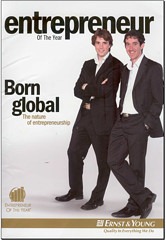
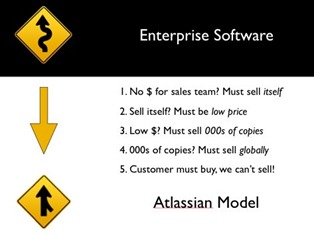


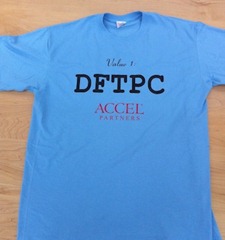
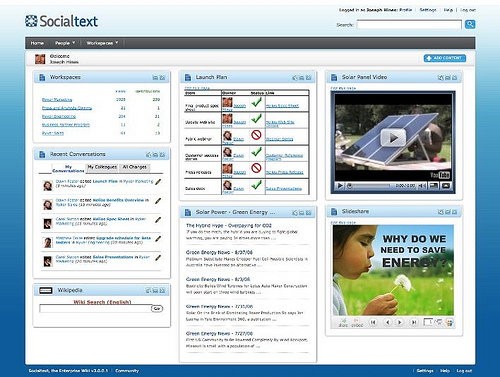


 ).
).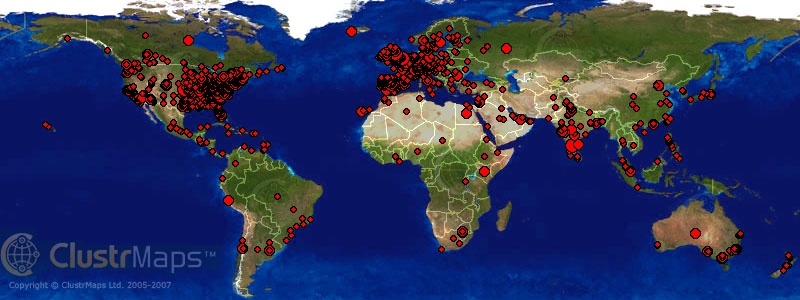



Recent Comments